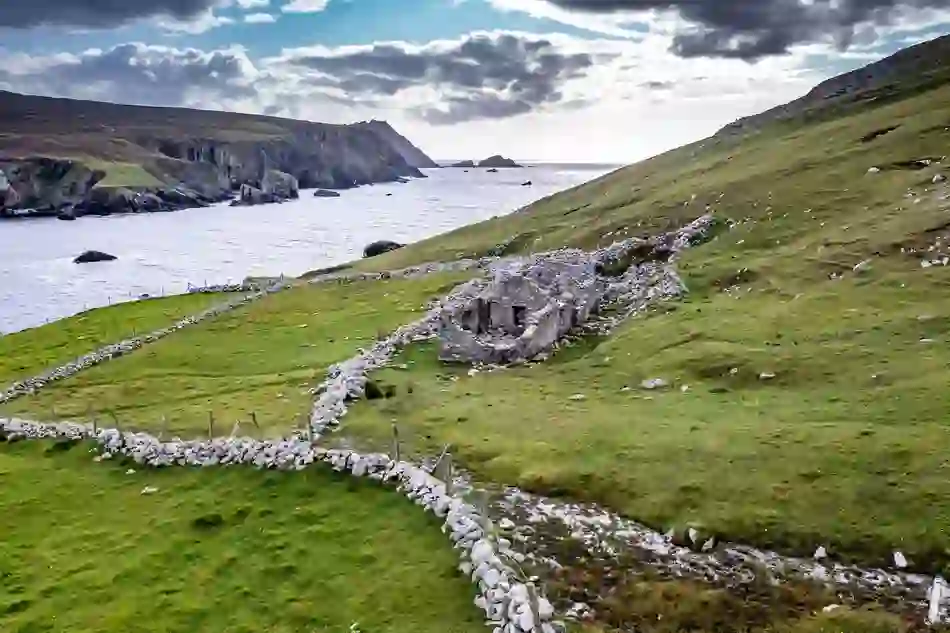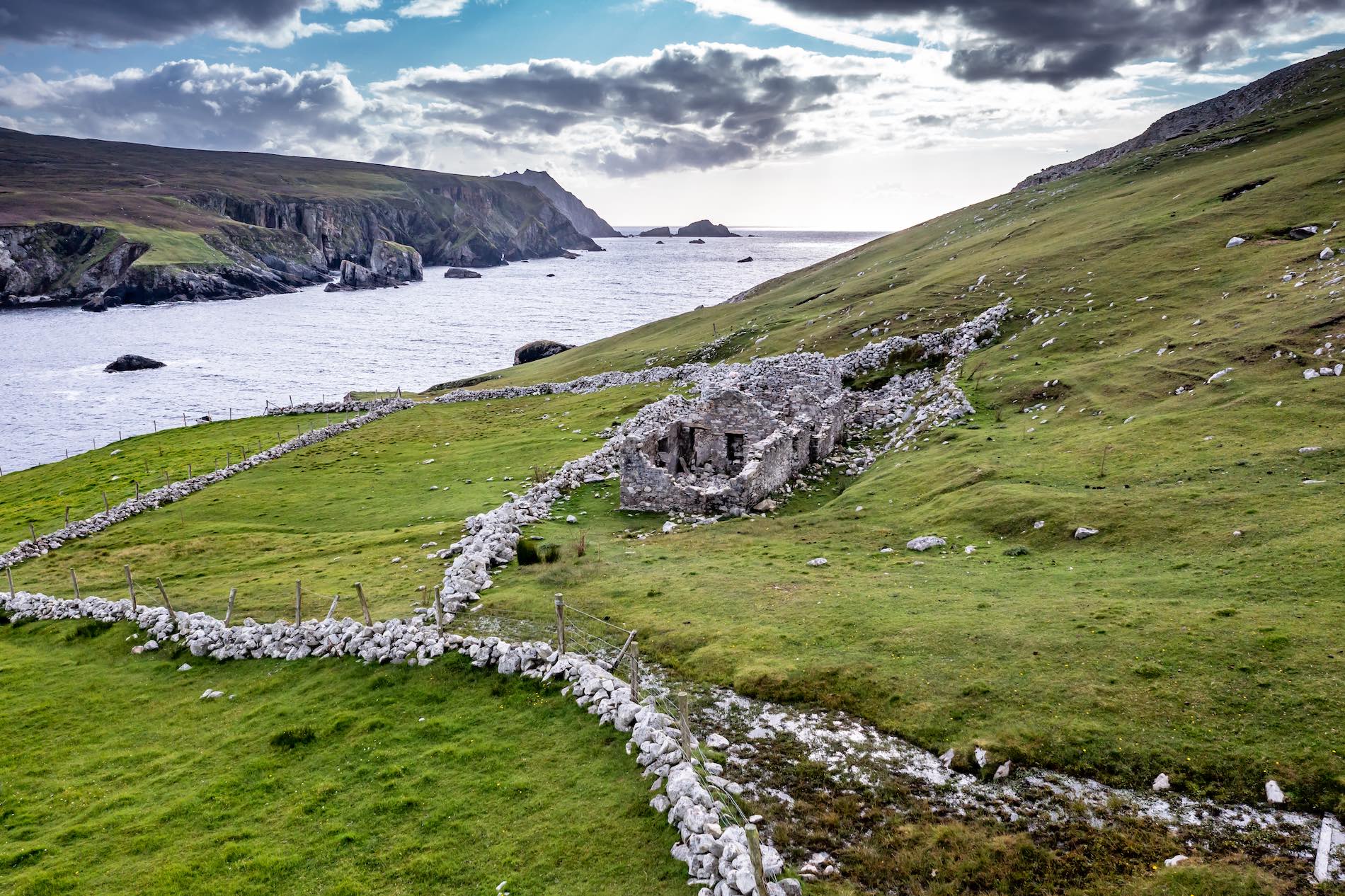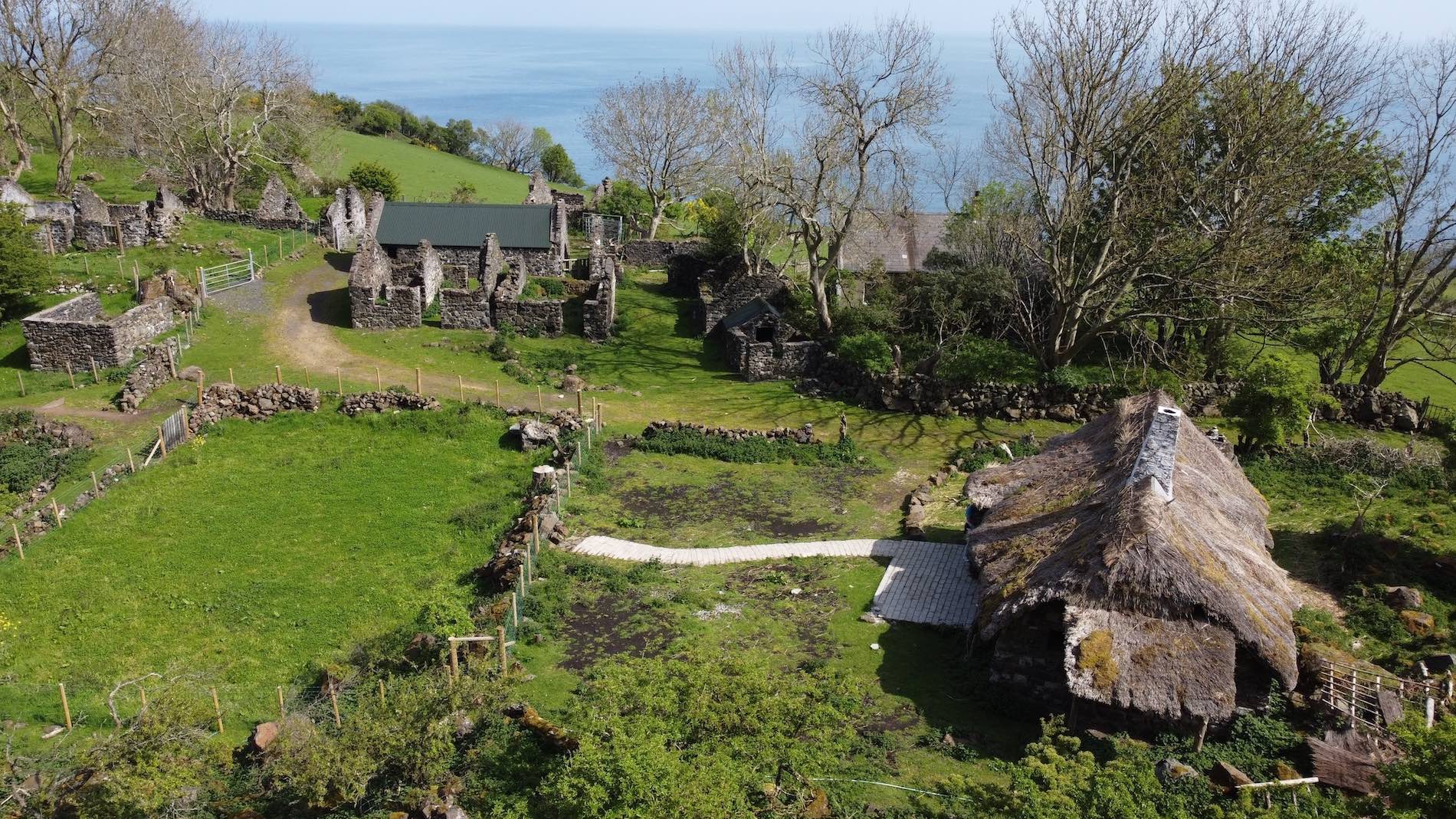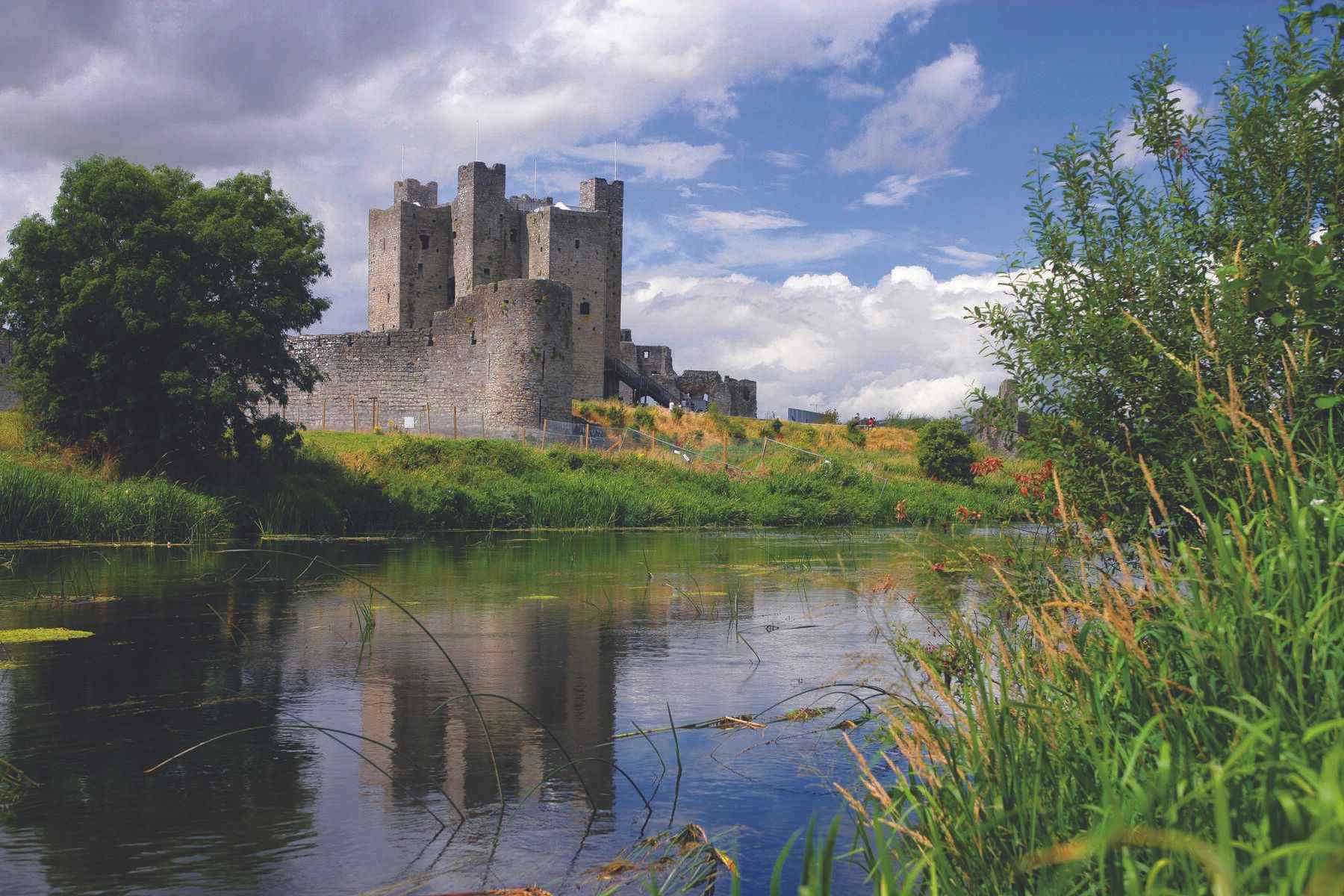

$name
1. Port, County Donegal
One thing’s for sure – the people of Port in County Donegal must have felt quite torn about leaving such a beautiful home behind. Situated near Glencolmcille along a rugged one-lane road, the ghost village of Port lies on a hillside overlooking a stony beach on the breathtaking Wild Atlantic Way.
It’s believed that all its inhabitants left together during the Famine in the mid 1800s, leaving it totally deserted. And then there’s the death of Siobhan Neill – daughter of the head of the O’Boyle Clan. So the story goes, Siobhan ran away to Port to escape an arranged marriage and her betrothed followed her and drowned her in the nearby stream...


Galboly, County Antrim
2. Clonmines, County Wexford
Said to be one of Ireland’s best-preserved medieval towns, the 13th century hamlet of Clonmines in County Wexford was established by Norman knight William Marshal as a port town. Many of the structures are well preserved, including two tower houses, two fortified churches, and an Augustinian Friary.
The town was slowly abandoned in the 17th century probably due to its remote location and the allure of the lively neighbouring port town of New Ross. Now, it stands as an eerie relic of times past.


Cork
Landscape of the Irish Coast
4. Galboly, County Antrim
The lonely remains of Galboly village in County Antrim were brought back to life in recent times thanks to the hit HBO series Game of Thrones®. The production team filmed several scenes here, using the village as the backdrop to Runestone in seasons 5 and 6. Situated amidst the stunning Glens of Antrim, Galboly was once home to over 60 people in the late 1800s.
The village was slowly abandoned until only six remained in the 1950s. Remarkably, its final resident, a monk from Portglenone Abbey, lived here in solitude with no electricity or running water until his death in 2013.


Cork
Landscape of the Irish Coast

































